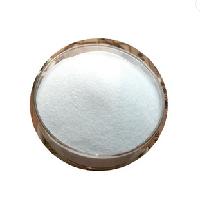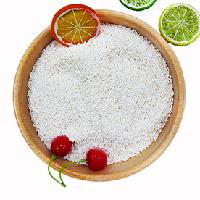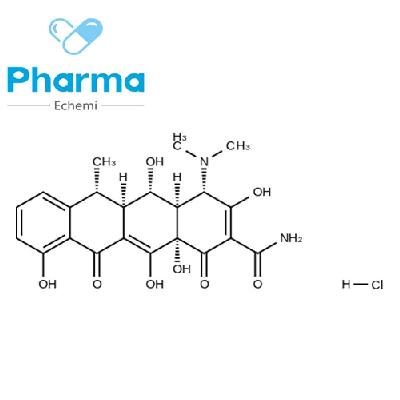-
Categories
-
Pharmaceutical Intermediates
-
Active Pharmaceutical Ingredients
-
Food Additives
- Industrial Coatings
- Agrochemicals
- Dyes and Pigments
- Surfactant
- Flavors and Fragrances
- Chemical Reagents
- Catalyst and Auxiliary
- Natural Products
- Inorganic Chemistry
-
Organic Chemistry
-
Biochemical Engineering
- Analytical Chemistry
-
Cosmetic Ingredient
- Water Treatment Chemical
-
Pharmaceutical Intermediates
Promotion
ECHEMI Mall
Wholesale
Weekly Price
Exhibition
News
-
Trade Service
Because of their ability to withstand extreme environments, ceramic materials are used in the nuclear, chemical, and power generation industries.
However, at high temperatures, ceramics are prone to fracture due to thermal shock caused by rapid temperature change events (such as cold water droplets contacting a hot surface).
In a novel interdisciplinary approach, engineers from the University of New Mexico in the United States reported a cheap, simple hydrophobic coating to prevent ceramic thermal shock in the "American Institute of Physics Progress" magazine under the American Institute of Physics (AIP) publishing group.
Because of their ability to withstand extreme environments, ceramic materials are used in the nuclear, chemical, and power generation industries.
"We used the same material, but controlled the heat transfer, so that the ceramic experienced a gentler temperature gradient and reduced tensile stress, thereby greatly improving the thermal shock behavior.
" said Youho Lee, one of the authors of the paper.
"We used the same material, but controlled the heat transfer, so that the ceramic experienced a gentler temperature gradient and reduced tensile stress, thereby greatly improving the thermal shock behavior.
" said Youho Lee, one of the authors of the paper.
Thermal shock is a phenomenon commonly experienced in the kitchen by novice chefs who are unaware that glass is very sensitive to sharp temperature changes.
If the glass casserole that has just recovered from the heat of the oven is impacted by cold water, a sudden drop in surface temperature will create an uneven temperature gradient inside the material, triggering tensile stress and eventually rupture.
The same thermal shock sensitivity will also affect the life of industrial ceramics.
Starting from an interdisciplinary academic background, Lee decided to explore the influence of heat transfer on the thermal shock of ceramics.
He analyzed the heat transfer by shooting high-speed video of the effect of water droplets on the heated ceramic surface.
"When the heat transfer progresses rapidly, the collision will produce violent bubbles and jets on the surface.
" Starting from an interdisciplinary academic background, Lee decided to explore the effect of heat transfer on the thermal shock of ceramics.
Studies have found that these faster heat transfer modes correspond to a decrease in material strength.
When the ceramic is heated to 325°C , a more violent droplet dynamics process (indicating faster heat transfer) occurs, and the strength of the material drops accordingly.
However, above 325℃At this time, the strength of the material seems to be less affected by thermal shock, and the dynamics of the droplets change at the same time, forming a more pronounced vapor film.
325℃ 325℃ In
order to reduce the heat transfer and the thermal shock experienced by ceramics up to 325℃, Lee used some basic knowledge of nuclear engineering, that is, the two-phase heat transfer rate can be formed by driving water away from the surface.
The insulating vapor film is lowered.
To this end, he coated nano-particles on the ceramic surface to produce a nano-structured hydrophobic surface.
When the experiment was repeated on a ceramic material with a new coating, the water droplet dynamics was greatly changed, and there was no violent foam ejection.
The formation of a vapor film was observed.
The key is that the ceramic with the new coating does not change in strength after the drop of water hits it.
In order to reduce heat transfer and the thermal shock experienced by ceramics at temperatures as high as 325°C, Lee used some basic knowledge of nuclear engineering, that is, the two-phase heat transfer rate can be driven by water from the surface to form an insulating vapor film.
Was lowered.
Source: Ai Tubang Public Account







